Overview of Job Redesign (JR)
Job Redesign (JR) involves relooking at what and how work should be done in a job. This could be done through modifying job elements including tasks, duties and responsibilities.
Some potential Job Redesign techniques include:
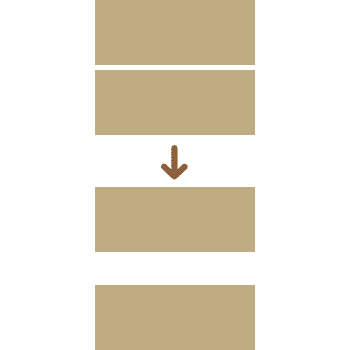
UNCOUPLING
Separate tasks into two jobs at the same level.
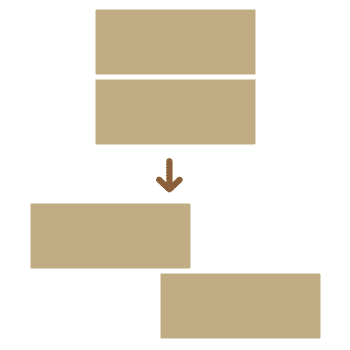
UNSTACKING
Separate tasks into two jobs at different levels.
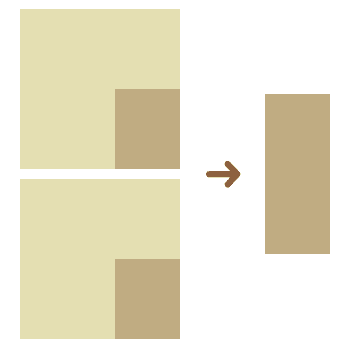
Segmenting
Take portions out of other jobs and combine them into a new job

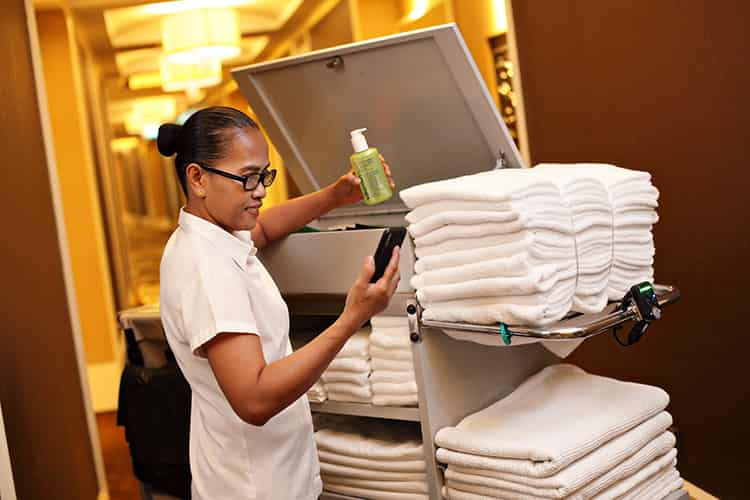
Benefits
Job Redesign is a critical enabler to support business transformation. It may include technology adoption. This is an essential journey to ensure that your employees keep pace with evolving business needs while uplifting their capabilities and ensuring their relevance at the workplace.
The benefits of Job Redesign are multi-faceted, which will include:
 Create agile workforce
Create agile workforce Improve productivity and reduce operating cost
Improve productivity and reduce operating cost Reduce manpower requirements
Reduce manpower requirements Improve employee experience
Improve employee experience Enhance guest experience
Enhance guest experience

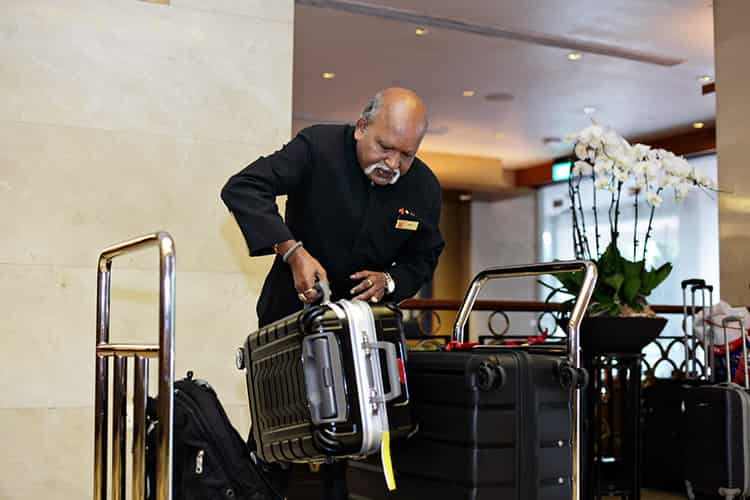

Outcome of Job Redesign
The intent of Job Redesign is to create higher value-added jobs. At the end of the Job Redesign journey, jobs are expected to change in the following ways:

ENLARGED
Addition of tasks that are of similar responsibilities
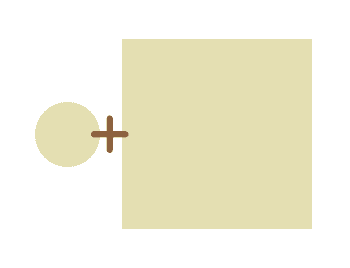
ENRICHED
Addition of more demanding tasks or tasks that may require additional training
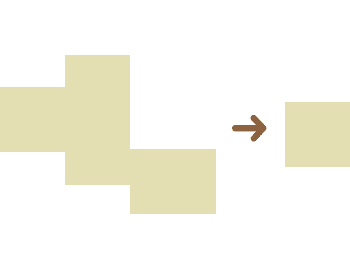
RE-CONFIGURED
Shifting of tasks, duties, or responsibilities amongst jobs to more closely align jobs to organisational goals
Hotel Job Redesign Initiative
Watch this video to find out how PARKROYAL on Kitchener Road, Singapore has implemented Job Redesign successfully with the support of Workforce Singapore.
Follow the journey of 5 hotels and learn how Job Redesign has impacted them.
Featuring Copthorne King’s Hotel Singapore, M Social Singapore, Amara Singapore, Fairmont Singapore and Swissotel the Stamford, and Resorts World Sentosa.
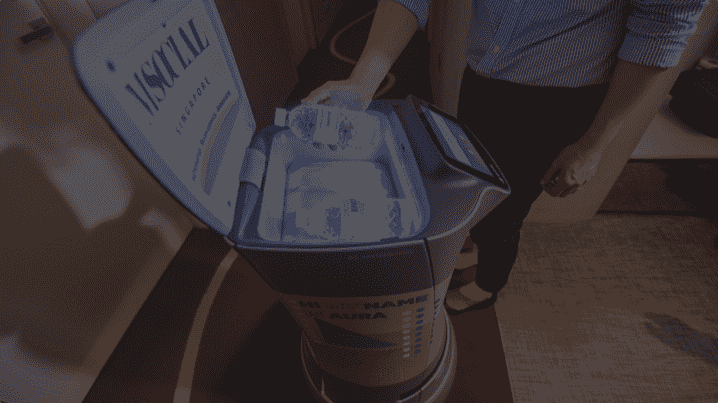


Job Redesign Pledge Hotels
The following hotels have pledged to implement at least 1 Job Redesign Initiative by end 2020.
- Amara Sanctuary Resort Sentosa
- Amara Singapore
- AMOY Hotel
- Andaz Singapore
- Ascott Orchard Singapore
- Ascott Singapore Raffles Place
- Beach Villas - Resorts World Sentosa
- Capri by Fraser Changi City, Singapore
- Capri by Fraser China Square, Singapore
- Concorde Hotel Singapore
- Conrad Centennial Singapore
- Copthorne King’s Hotel Singapore
- Courtyard by Marriott Singapore Novena
- Crockfords Tower - Resorts World Sentosa
- Crowne Plaza Changi Airport
- Days Hotel Singapore at Zhongshan Park
- Destination Singapore Beach Road
- Dusit Thani Laguna Singapore
- Equarius Hotel - Resorts World Sentosa
- Fairmont Singapore
- Festive Hotel - Resorts World Sentosa
- Four Points by Sheraton Singapore, Riverview
- Fragrance Hotel Emerald
- Fragrance Hotel Riverside
- Fragrance Hotel Ruby
- Fragrance Hotel Selegie
- Furama Riverfront Singapore
- Genting Hotel Jurong - Resorts World Sentosa
- Goodwood Park Hotel
- Grand Copthorne Waterfront Hotel Singapore
- Grand Hyatt Singapore
- Grand Mercure Roxy Hotel
- Grand Park City Hall
- Grand Park Orchard
- Hard Rock Hotel - Resorts World Sentosa
- Holiday Inn Express Singapore Clarke Quay
- Holiday Inn Express Singapore Katong
- Holiday Inn Express Singapore Orchard Road
- Holiday Inn Express Singapore Serangoon
- Holiday Inn Singapore Atrium
- Holiday Inn Singapore Orchard City Centre
- Hotel Indigo Singapore Katong
- Hotel Michael - Resorts World Sentosa
- Hotel Re!
- InterContinental Singapore
- InterContinental Singapore Robertson Quay
- JW Marriott Hotel Singapore South Beach
- Le Meridien Singapore, Sentosa
- M Hotel Singapore
- M Social Singapore
- Mandarin Orchard Singapore
- Mandarin Oriental, Singapore
- Marina Bay Sands Singapore
- Marina Mandarin Singapore
- Mercure Singapore Bugis
- Mercure Singapore on Stevens
- Novotel Singapore Clarke Quay
- Novotel Singapore on Stevens
- Oasia Hotel Downtown, Singapore
- Oasia Hotel Novena, Singapore
- One Farrer Hotel
- Orchard Hotel Singapore
- Orchard Rendezvous Hotel
- Pan Pacific Singapore
- Parc Sovereign Hotel- Albert St
- Parc Sovereign Hotel- Tyrwhitt
- Park Avenue Changi
- Park Avenue Rochester
- Park Hotel Alexandra
- Park Hotel Clarke Quay
- Park Hotel Farrer Park
- Park Regis Singapore
- PARKROYAL on Beach Road
- PARKROYAL on Kitchener Road
- PARKROYAL on Pickering
- Peninsula.Excelsior Hotel
- Quincy Hotel
- Raffles Singapore
- Ramada Singapore at Zhongshan Park
- Rendezvous Hotel, Singapore
- Royal Plaza on Scotts
- Shangri-La Hotel Singapore
- Shangri-La's Rasa Sentosa Resort & Spa, Singapore
- Sheraton Towers Singapore
- Singapore Marriott Tang Plaza Hotel
- Six Senses Duxton
- Six Senses Maxwell
- Sofitel Singapore City Centre
- Studio M Hotel
- Swissôtel Merchant Court
- Swissôtel The Stamford
- The Barracks Hotel
- The Capitol Kempinski Hotel Singapore
- The Elizabeth Hotel
- The Fullerton Hotel Singapore
- The Fullerton Bay Hotel
- The Outpost Hotel
- The Ritz-Carlton, Millenia Singapore
- The St. Regis Hotel Singapore
- The Westin Singapore
- Travelodge Harbourfront
- Village Hotel Albert Court
- Village Hotel Bugis
- Village Hotel Changi
- Village Hotel Katong
- Village Hotel at Sentosa
- W Singapore - Sentosa Cove
- York Hotel Singapore
- YotelAir Singapore Changi Airport
Updated as of 11 Sep 2019
 Access the Hotel Job Redesign Toolkit
Access the Hotel Job Redesign Toolkit 
